Novichok inquiry: What have we learnt?
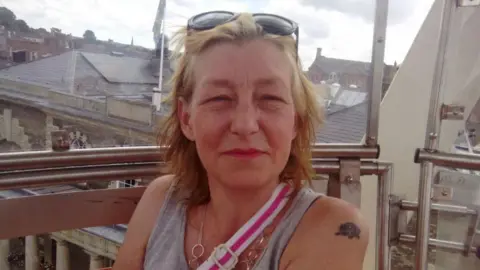 BBC
BBCWhen Dawn Sturgess unwittingly sprayed herself with what she believed was perfume in June 2018, she became caught in the "crossfire of an illegal and outrageous assassination attempt" of which she was not the target.
Hidden inside the bottle was the nerve agent Novichok, which counter terror police believe had been dumped by suspected Russian agents in Salisbury accused of targeting a former spy in the city.
In October a public inquiry began, tasked with establishing what led to her death, identifying where responsibility lies, and any lessons that need learning.
Here is a summary of some of the revelations heard in the last six weeks of public evidence, including the accounts of medics, police, Porton Down scientists, and counter terror officers.
The inquiry will next hold some sessions in secret, including with the security services, before a final report is published later in 2025.
Who were the intended victims?
Sergei Skripal and his daughter Yulia were found slumped on a bench in Salisbury city centre on 4 March 2018.
The inquiry heard how off-duty medics initially came to their aid, and how the first emergency service personnel on scene thought they could be dealing with a fentanyl overdose.
In the rush to stabilise their vital signs, one paramedic mistakenly reached for the wrong medicine which, when they discovered what had really poisoned them, may have actually helped Mr Skripal survive.
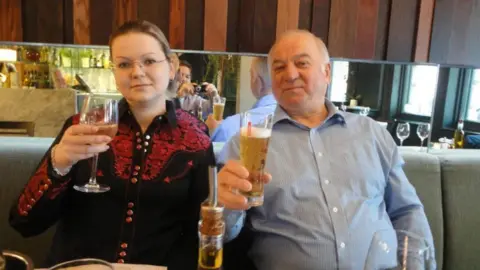
It was only in the days which followed that a nerve agent was identified by scientists at the Defence Science and Technology Laboratory at Porton Down.
Mr Skripal had served as a member of the GRU - Russian military intelligence - but was convicted of spying for Britain in 2004 in his home country and jailed for 13 years.
In 2010 he was given a presidential pardon and brought to the UK on a prisoner exchange, but the inquiry heard he confided in neighbours that “Putin would get him” if he returned to Russia.
Mr Skripal provided a written statement to the inquiry claiming only Putin could have authorised the attack.
The inquiry chair ruled that the Skripals would not have to give evidence in person for their own safety, as their identities and locations are now secret.
Russia has repeatedly denied any involvement in the incident.
Wiltshire Police 'unaware' of Skripal
The inquiry heard how neither Wiltshire Police nor Counter Terror Policing (also known as 'Special Branch') were aware that a former Russian spy was living in Salisbury.
Not only that, but the inquiry also heard how he was living on Christie Miller Road under his real name without any apparent security systems or CCTV.
On the night of the poisoning, before Wiltshire Police knew what they were dealing with and fearing there could be more victims inside, a search of the house was ordered.
At some point during that search Det Sgt Nick Bailey was also poisoned and gave harrowing testimony about the impact it had on his life.
His commanding officer Det Insp Mant described how he was "still haunted" by what happened to his colleague, but said the search was motivated by checking for further victims.
Within two days scientists identified a nerve agent was behind the poisoning.
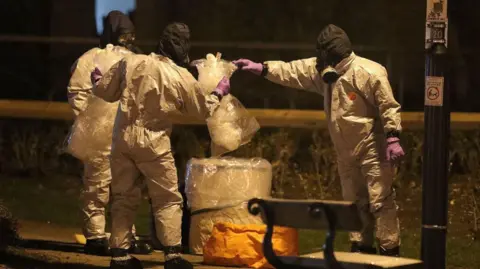 PA
PAA leading scientist involved, known at the inquiry only by the cypher MK26, said the operations room in Porton Down was "running 24/7" in the wake of the poisonings, adding: "I haven't seen this level of activity any time before that or since".
Forensic officers searched round the clock in extreme weather, even getting hypothermia, to find any further traces of Novichok or the vial of poison used by the would-be assassins.
Keith Asman, head of the counter terror police forensic investigation, told the inquiry it was "like searching for a needle in a haystack" - without knowing what the needle was nor where it had been.
Where was the bottle found?
How, where, and when Ms Sturgess' partner Charlie Rowley found the perfume bottle remains one of the biggest mysteries of this whole incident.
Mr Rowley's accounts have been "confused and contradictory", the inquiry heard.
His previous history of drug and alcohol abuse combined with the long-term impact of the Novichok poisoning has left him with significant memory difficulties.
In early police interviews shown to the inquiry he thought he may have picked it up on the ground in Amesbury, but later said he was "99% sure" it was in Salisbury, picked up from a bin.
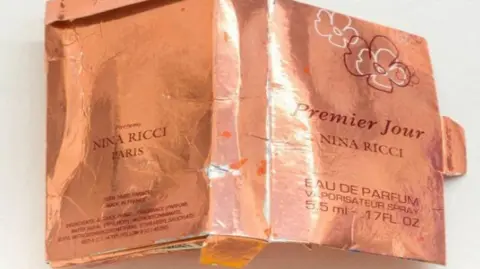 Reuters
ReutersThe inquiry heard part of Mr Rowley's lifestyle involved "bin dipping" - searching recycling bins behind shops for things he could sell.
The inquiry was shown CCTV of him approaching large bin containers behind shops at the Brown Street car park in Salisbury in the days before Ms Sturgess' death.
It was also shown him approaching those bins on the very afternoon two suspected Russian agents visited Salisbury and are alleged to have applied the poison to Mr Skripal's door handle - before vanishing from CCTV near the city centre for 33 minutes.
Head of counter terror policing, commander Dominic Murphy, told the inquiry the most feasible explanation is Mr Rowley found the discarded bottle the same day the agents applied the poison.
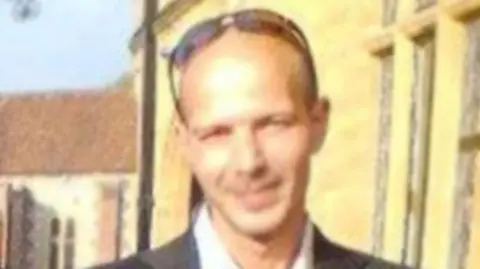
Mr Rowley was excused from giving live evidence to the inquiry due to his poor health.
There is another question that needs answering - were there two bottles?
The perfume bottle Mr Rowley found was packed in sturdy plastic sealed packaging.
Traces of Novichok were found in a public toilet in Salisbury, and it has been suggested the two Russian agents repackaged the poison there using a portable heat sealer before discarding it.
But police said we are unlikely to ever know for sure - and it remains possible the bottle Mr Rowley found was sealed because it was in fact a spare the agents carried.
Should emergency response have been different?
The inquiry heard multiple examples of different emergency services and agencies not appearing to be on the same page.
A Department of Health and Social Care document titled “Risk of Secondary Incident” circulated 10 days after the first poisonings included “accidental discovery of a discarded agent” among its worst-case scenarios.
But senior figures at Wiltshire Police, South Western Ambulance Service, Porton Down, the head of forensics, and even the then-Chief Medical Officer all said the first they had seen of this document was during this public inquiry.
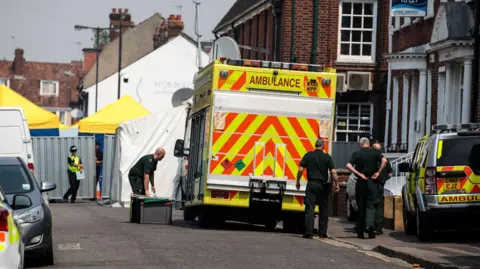 Getty Images
Getty ImagesWe also heard how when Mr Rowley became unwell, paramedics who had experience in Salisbury raised the alarm that this looked like another nerve agent poisoning - but were overruled by police, who scaled back the response.
Paramedics also said they did not feel listened to at Salisbury District Hospital.
The inquiry also heard local emergency services had not been given additional training on the symptoms of nerve agent poisoning after the attack on the Skripals.
Deputy chief constable Paul Mills acknowledged it would have been “sensible” to put out guidance to officers to be be “particularly alert to any signs of nerve agent poisoning” in the aftermath of the first attack.
But he said that the intelligence from the National Chemical, Biological, Radiological and Nuclear (CBRN) centre was that the attack on the Skripals had been an isolated incident.
Wiltshire Police were also questioned on why officers put out a press release warning of a batch of contaminated class-A drugs when Ms Sturgess and Mr Rowley were taken ill, before they knew what they were dealing with.
Detectives told the inquiry they had acted in good faith.
Could Dawn Sturgess have been saved?
Ultimately that question is going to be for the chair, Lord Hughes, to answer in his final report.
Ms Sturgess was found “convulsing” by her partner in the bathroom of his flat 15 minutes after applying Novichok to her wrists thinking it was perfume.
Paramedics restarted her heart and tried to stabilise her, and Salisbury District Hospital attempted to treat her for what they thought was a contaminated drug overdose.
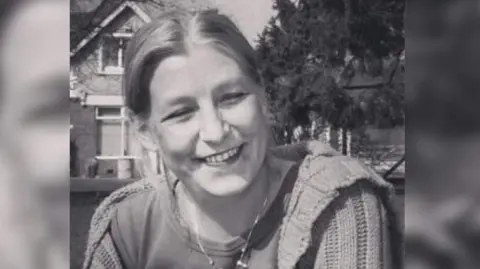
The inquiry heard Mr Rowley was a known drug user, but Wiltshire Police apologised on several occasions for describing Ms Sturgess as “a well-known drug addict”.
Although she struggled with alcohol dependency, she had no history of substance abuse.
Independent experts brought in to assess her medical care did not criticise the ambulance nor hospital treatment.
A forensic pathologist concluded Ms Sturgess died of a brain injury caused by a lack of oxygen, which itself was caused by the Novichok poisoning stopping her heart and lungs.
Independent experts brought in to assess her care concluded her chances of survival would have been "vanishingly small".
Were the public warned?
The public were not warned not to pick up discarded items or pause litter picking until a week after Ms Sturgess’ death.
Yet the inquiry heard evidence that health officials were considering giving such advice within days of the attack on the Skripals.
Chief Medical Officer for England Dame Sally Davies - the most senior government health advisor at the time - told the inquiry she had "nightmares" that someone, particularly a child, would pick up some discarded nerve agent.
She insisted she remembers making the warnings before Ms Sturgess' death - but the inquiry could find no published evidence that such a warning was ever given.
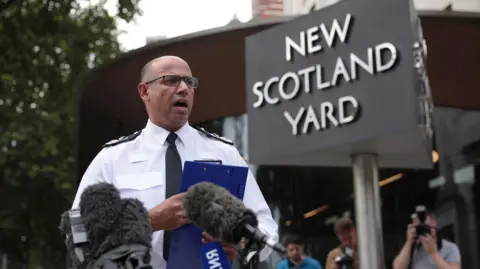 Getty Images
Getty ImagesMeanwhile a note shown to the inquiry from health officials suggested avoiding such an announcement so as "not to stoke panic by issuing public messages about this hypothetical scenario".
When asked about this, a witness for Public Health England, appearing under cypher V13A, said the word "panic" was attributed to the Department for Health - they instead would have used the word "anxiety".
But as a government scientific advisor warned at the inquiry, "we have to be careful that we don't flip the timing in order to change what we believe the risk actually was" at the time.
How were the suspects traced?
Investigators determined there were three suspects - two who travelled to Salisbury to administer the poison and a third who had a supporting role in London.
They all flew in on 2 March and left the country on 4 March, travelling under the aliases Ruslan Boshirov, Alexander Petrov and Sergey Fedotov.
Police tracked them using personal information including phone numbers and some financial data on visa applications.
Police later identified the two Salisbury attackers as Alexander Mishkin and Anatoliy Chepiga, and the third as Denis Sergeev.
Investigators even found images of the three men with their true names on several open-source websites, including for military honours and even at weddings.
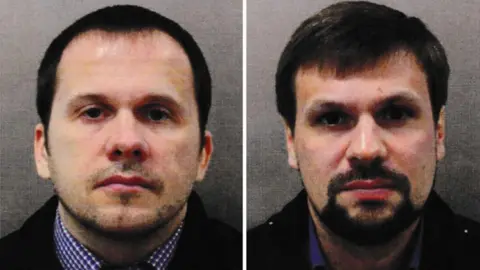 Met Police
Met PoliceThey are believed to be members of GRU unit 29155 - frequently reported to be involved in operations across the world including other poisonings, counter-terror officers said.
In an astonishing twist, Boshirov and Petrov gave an interview to Russia Today in September 2018, insisting they were not the culprits, claiming they had only travelled to Salisbury to admire the "123m-high spire" of the city’s cathedral.
Commander Dominic Murphy described the move as both “shocking” and “welcome” to investigators, because it confirmed they had accurately identified the men in the CCTV footage.
The men themselves have consistently denied any involvement, with the Russian foreign ministry saying it "decisively rejects all of London's attempt to blame Moscow" and has called this public inquiry a "circus".
What happens next?
The public part of the inquiry concluded in London on Monday, but it will continue in private in the new year.
A few members of the inquiry team will reconvene for closed hearings where more classified information will be discussed. They will also be able to question witnesses from the security services.
Following this, a report by chair Lord Hughes will be written up, but it could take up to a year for this to be published.

BBC Sounds: Salisbury Poisonings
Keep up to date with the latest from the inquiry with our podcast.
Listen to the episode on BBC Sounds.

Follow BBC Wiltshire on Facebook, X and Instagram. Send your story ideas to us on email or via WhatsApp on 0800 313 4630.

